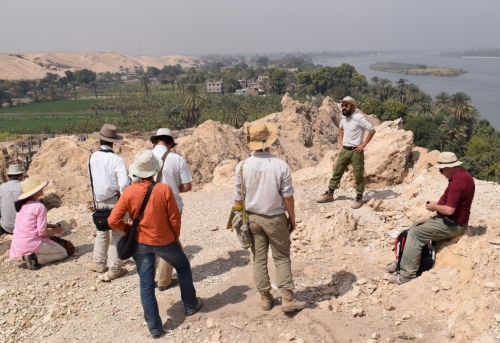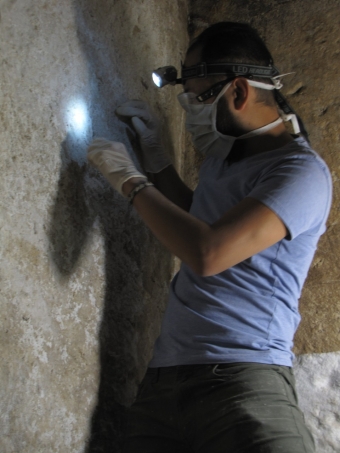Egypt: the mysterious land filled with pyramids and mummies, the land of the recent ‘Gods of Egypt’ blockbuster disaster, and the land where I spent three months earlier this year.
From January to March 2016, I had the opportunity to take part in fieldworks at Gebelein in Egypt.
Gebelein is the modern name given to the two-rock formation located around 30km south of Luxor on the west bank of the Nile. The site was occupied from the Predynastic Period (c.4000 BCE) until the Ptolemaic Period (88 BCE) of Egyptian history.
The mission that I was a part of, the Gebelein Archaeological Project, is headed by Wojciech Ejsmond, and is funded and supported by the University of Warsaw in Poland.
So how did I end up on a Polish mission in Egypt? Long story.
I met Wojciech and a number of other Polish scholars at the annual Current Research in Egyptology (CRE) conference in Oxford in April last year. It was at this time that I found out that he was leading a team at Gebelein, and he became aware of my research on Demotic narratives. However, it wasn’t until a recent research trip to Copenhagen — courtesy of the Doctoral Research Fund — that we worked out that I could be quite useful on the mission as a Demotist.
There was a thriving Ptolemaic military settlement at Gebelein, and this has yielded a substantial amount of Greek and Demotic papyri, some of which are housed in the Papyri Carlsberg Collection in Copenhagen. By having an understanding of Demotic, I could assist the mission’s geographic information system (GIS) specialist with identifying and mapping important points of interest for further studies based on the information from the Demotic archives.
So after a few more months of conversation, there I was, travelling to Egypt.
As a student of Ancient History specialising in Egyptology, being able to return to Egypt was an amazing feeling. It was a mixture of nostalgia, excitement, and uncertainly. It’s been five years since the last time I was in Egypt, but it’s the first time that I've been there for three months for a mission.
The mission itself had a bit of a bump at the start. Like many other missions, there was a delay in receiving permission to begin archaeological work this year. Since we were staying in Luxor, the silver lining was that we were able to do some sightseeing and get to know some of the other missions working around the area.









